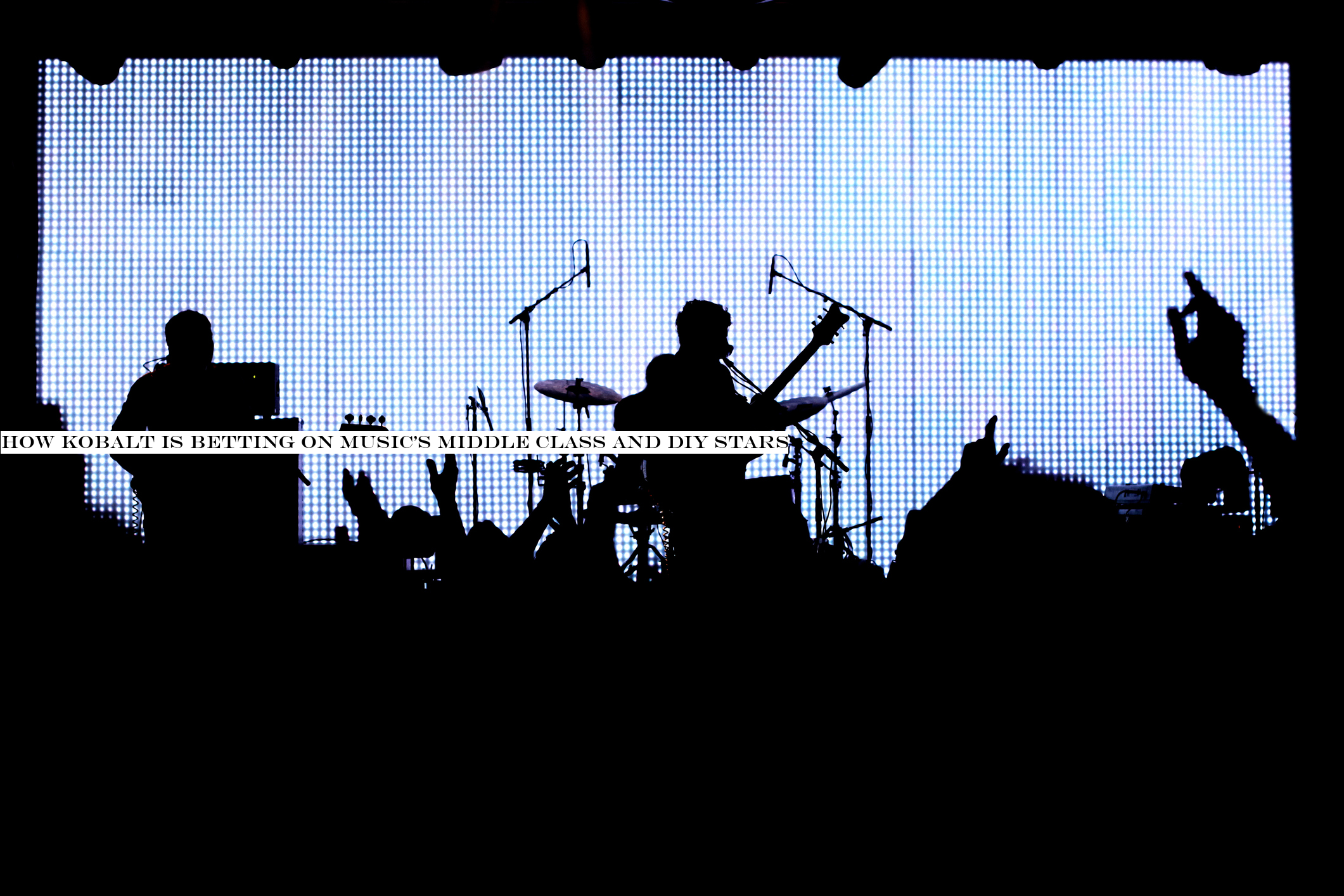INSUBCONTINENT EXCLUSIVE:
Streaming services have made music ubiquitous, driving more exploration by consumers who don''t have to pay for each song or album
Musicians are correspondingly able to find their own niche of fans scattered around the world.
(This is the third installment of our EC-1
series on Kobalt Music Group and changes in the music industry
Read Part I and Part II.)
As Spotify gained rapid adoption in his native Sweden in 2006, Kobalt founder - CEO Willard Ahdritz predicted
music streaming and the rise of social media would increasingly undercut the gatekeeping power of the major label groups and realign the
market to center more on a vast landscape of niche musicians than a handful of traditional superstars.
Both of these predictions have proven
The question is to what extent and how are industry players actually realigning as a result?
What musicians need in addition to the
administrative collection of their royalties (explained in Part II) is a menu of creative services they can tap for support
Kobalt AWAL and Kobalt Music Publishing divisions provide such services to recording artists and songwriters, respectively, and do so on
purely a services basis (getting paid a commission but not taking ownership of copyrights like traditional labels and publishers do).
How a
Swedish saxophonist built Kobalt, the world next music unicorn
Niche middle class vs
Global superstars
Image via Getty Images / rolfo eclaire
The whole music industry is growing substantially due to streaming music
mainstream penetration in wealthier countries and increased penetration in emerging markets.
As the overall pie is growing, the
non-superstar segment of the market is indeed growing faster than the superstar segment, taking over a larger portion of industry
royalties.
According to data from BuzzAngle, the top 500 songs in the US in 2018 accounted for 10% of on-demand audio streams — a dramatic
decline in market share compared to 2017 when the top 500 songs accounted for 14% of streams
Stepping back, the top 50,000 songs made up 73.2% of all US streams in 2017 but that declined to 70.5% in 2018.

